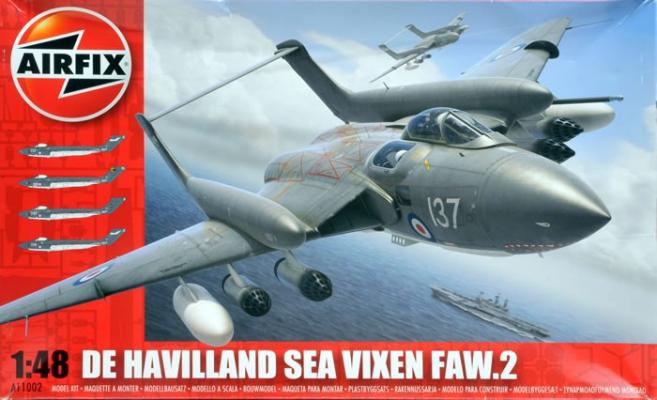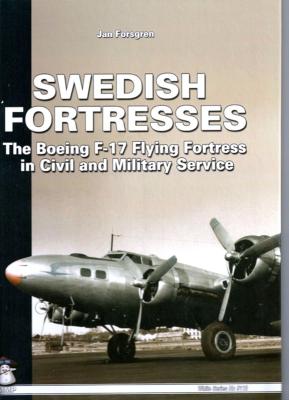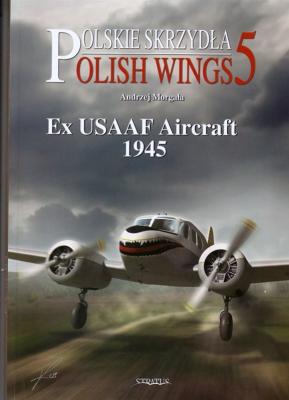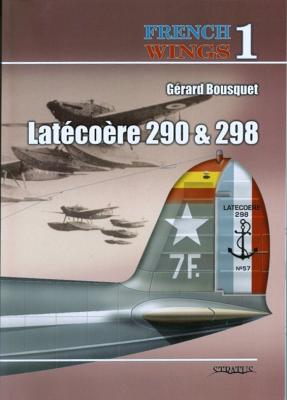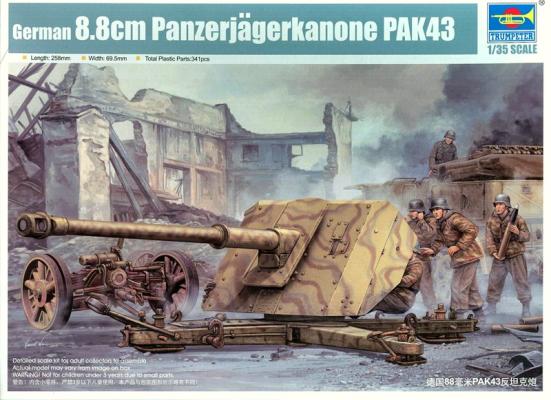Oh boy- is this great!!! (Stolen from a famous movie.) I have been waiting patiently since Airfix announced the first 1/48 scale styrene kit of the Sea Vixen and the kit delivers in spades. A quick background shows that the De Havilland Sea Vixen entered service in 1959 and served until the 1970's. It was the first British fighter to be designed without guns relying solely on its missiles.
On to the kit- the basics show very crisp molding with engraved panel lines and are molded in light gray styrene. There are three large sprues in total. A very nice clear sprue rounds out the plastic and has the canopies and windscreens as well as the seeker heads, HUD glass, etc. One thing that hits you right off is the instruction manual: detailed and with 20 pages of instructions and 2 pages of common decals. The last thing is an enormous Cartograf decal sheet with tons of stencils (well over 120) and markings for four different planes:











